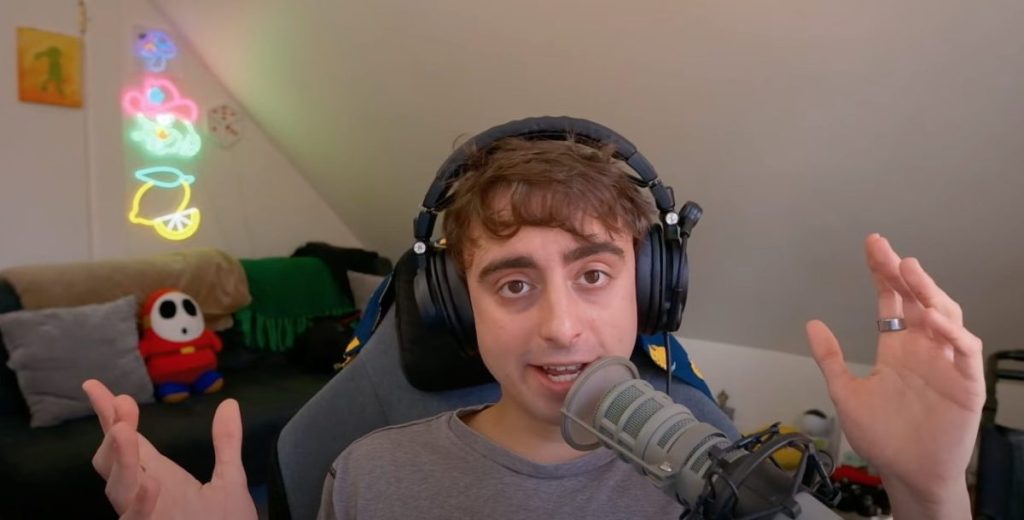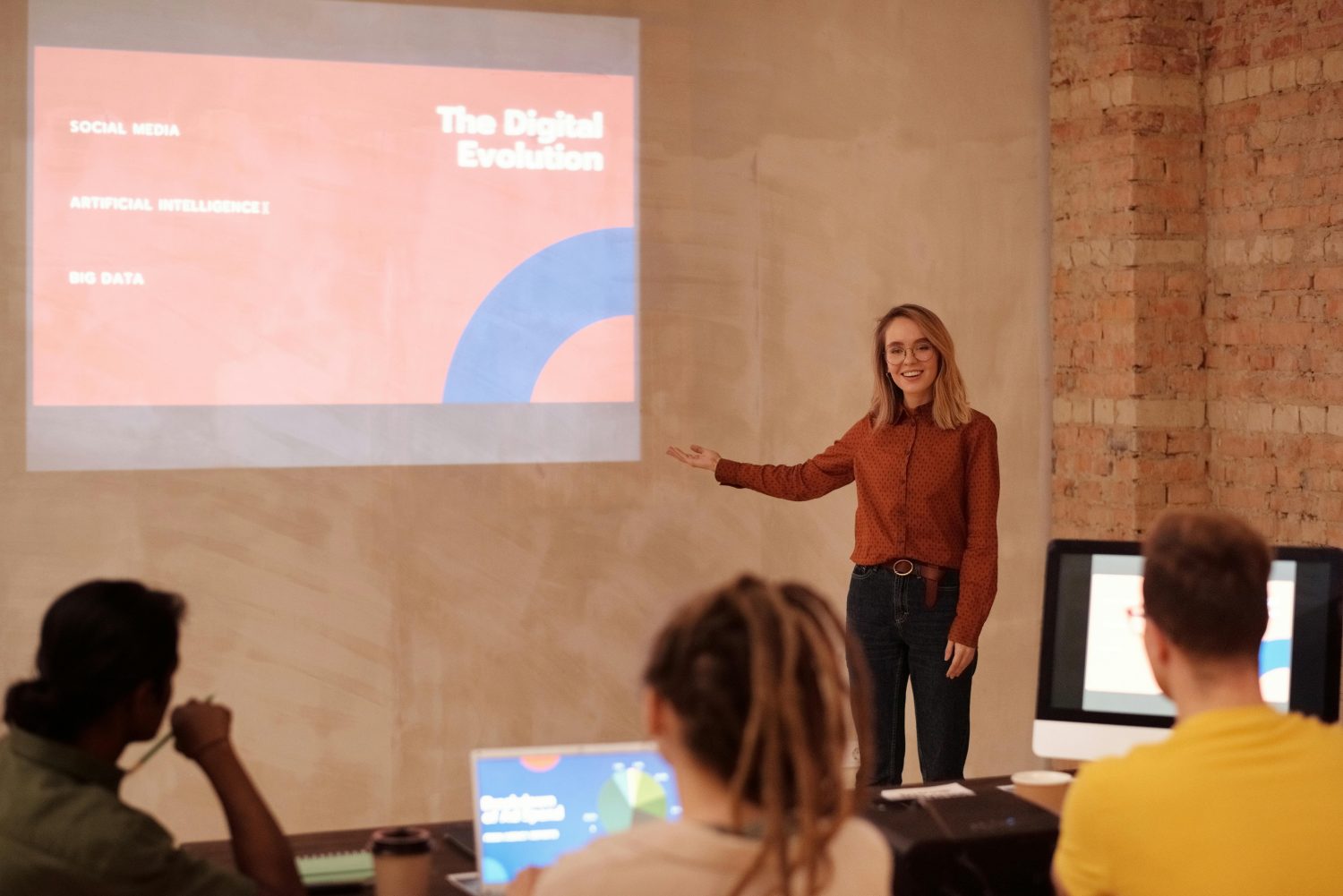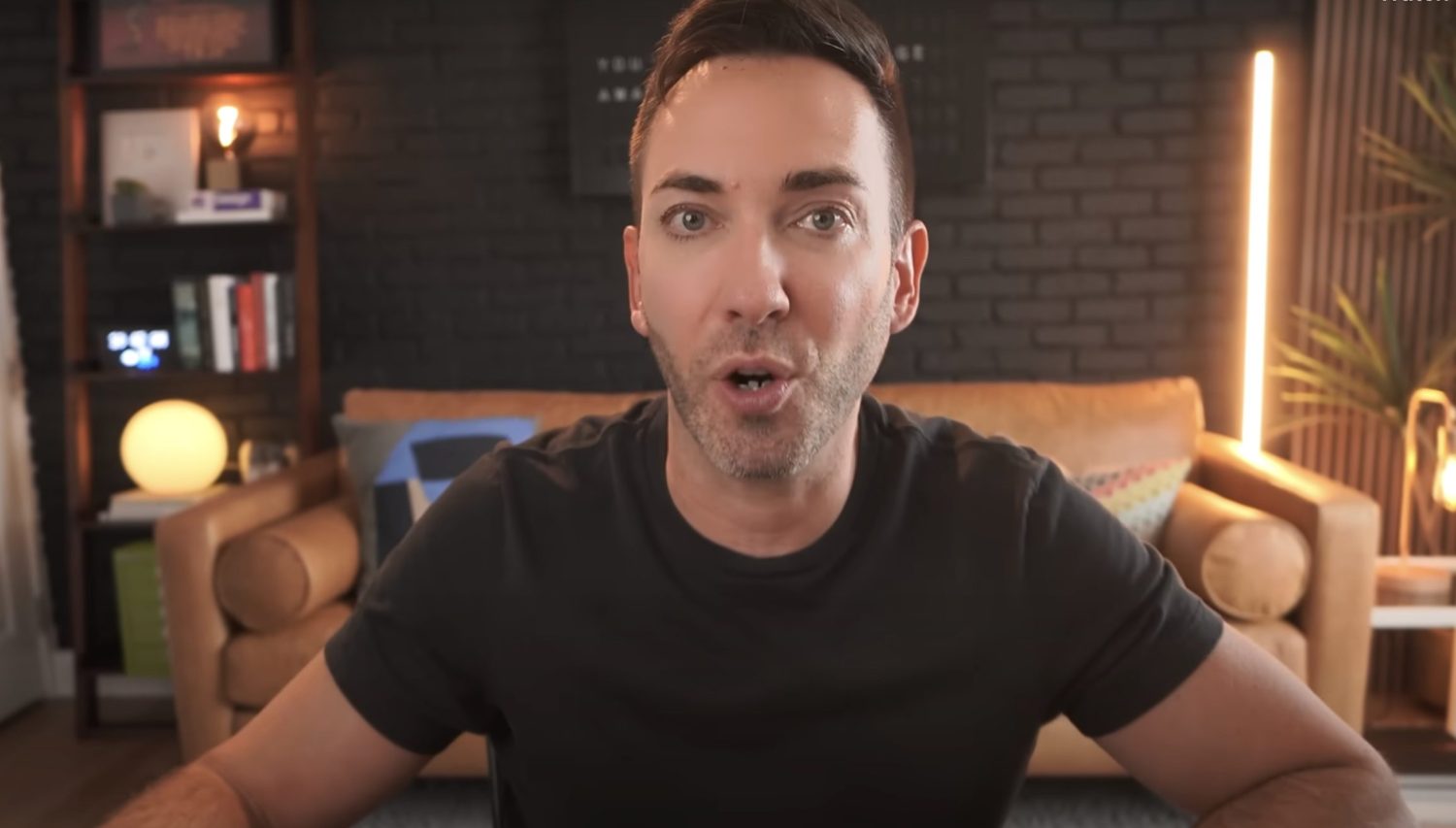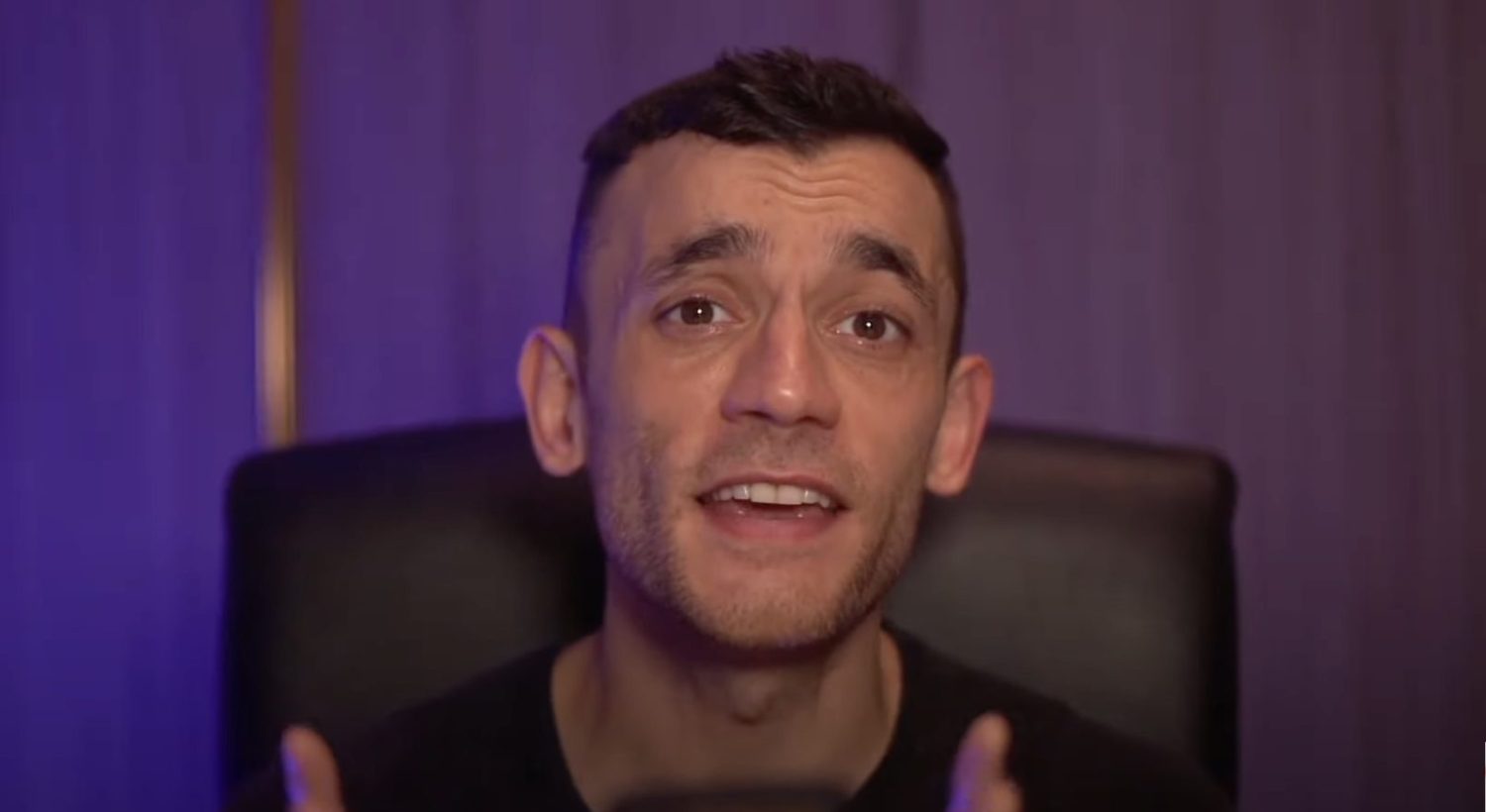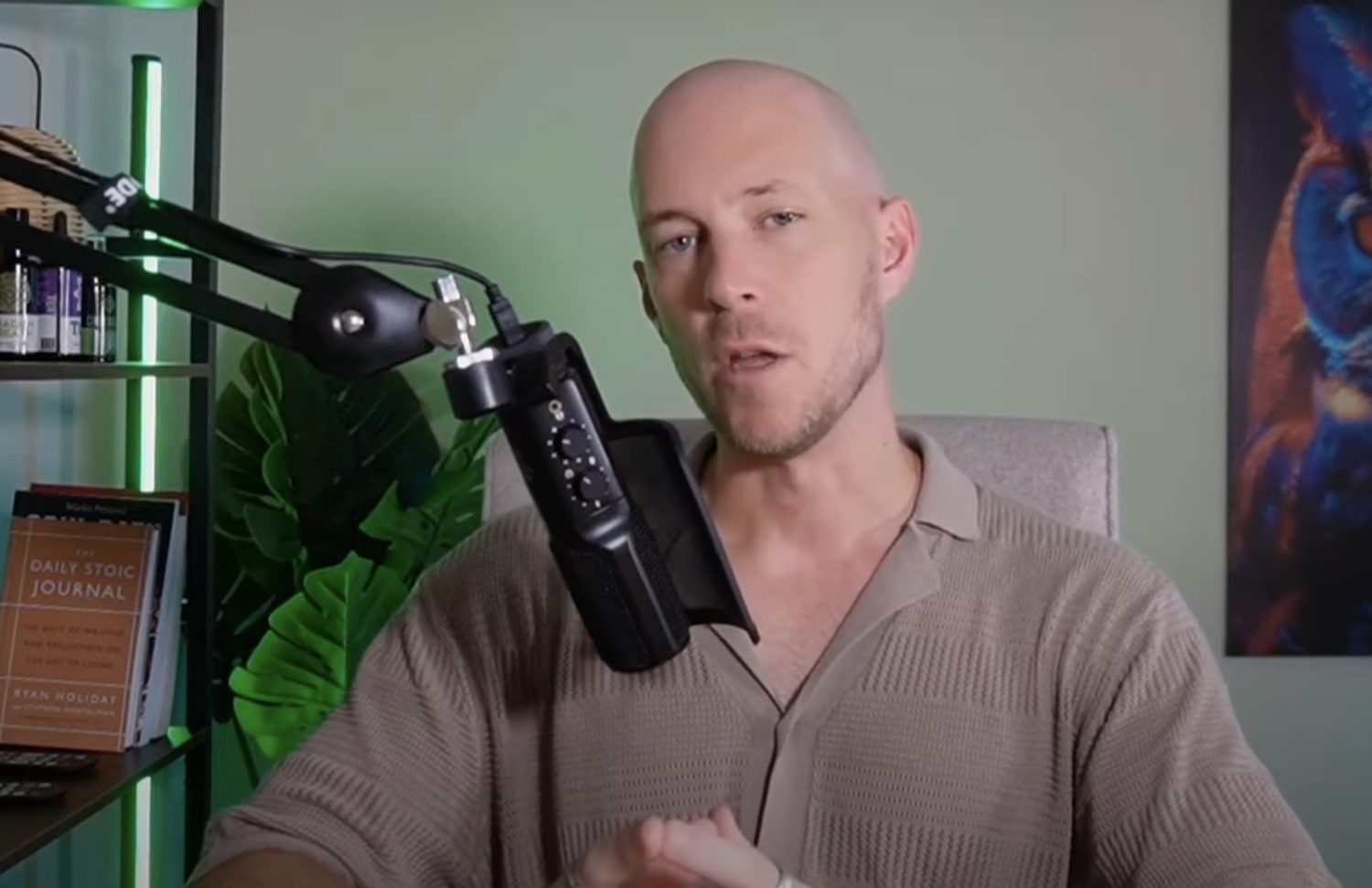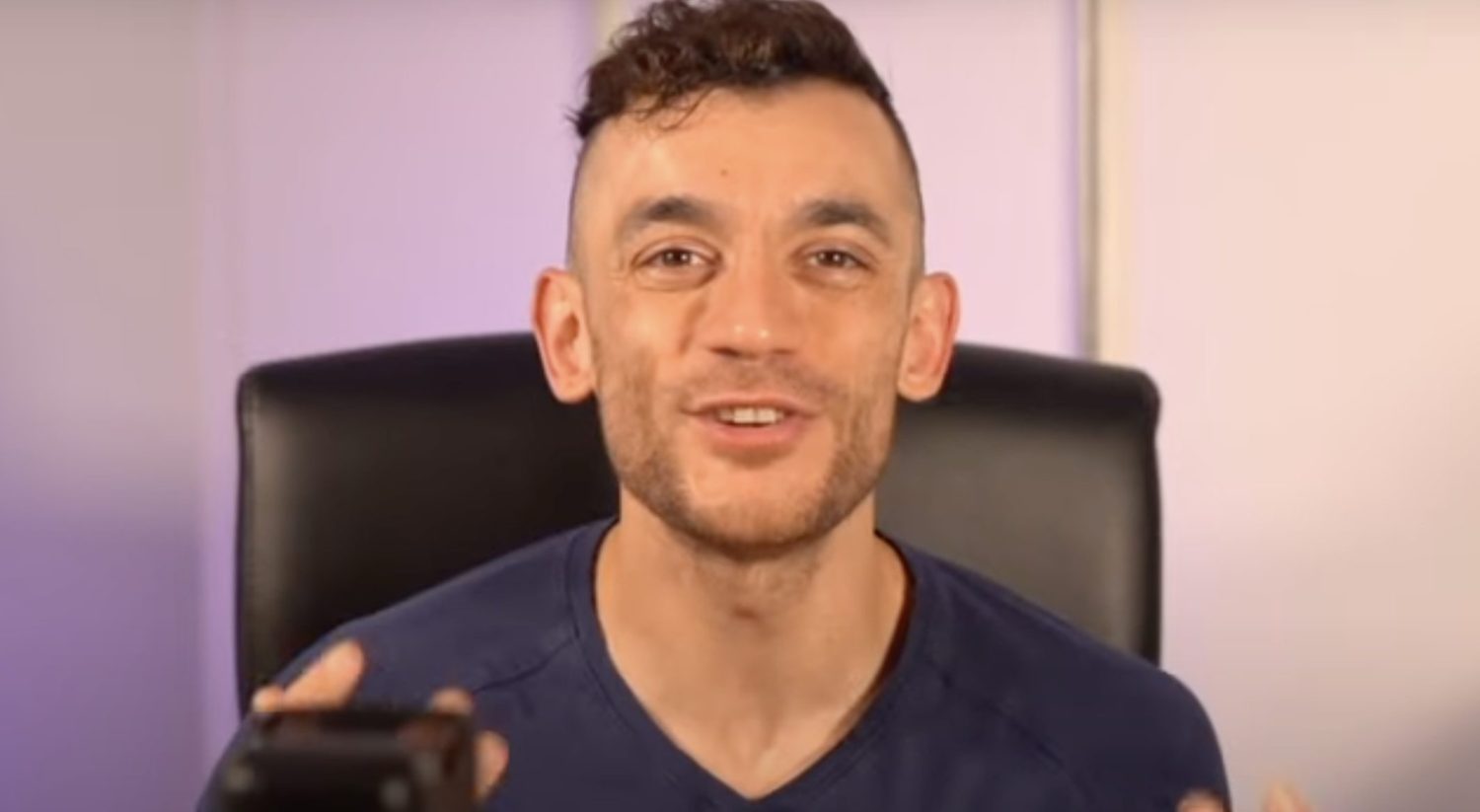11 Labs has once again proven its dominance in the text-to-speech arena with the launch of its latest innovation: Voice Design. This groundbreaking tool allows users to generate unique voices from text prompts alone, marking a significant leap forward in AI-powered voice synthesis technology.
Voice Design builds upon 11 Labs’ existing voice generation capabilities, which previously included random voice generation and voice cloning. However, this new feature takes the concept to an entirely new level by enabling users to create custom voices through simple text descriptions.
The Power of Prompt-Based Voice Generation
Voice Design’s most impressive feature is its ability to create diverse and realistic voices based on text prompts. Users can describe the characteristics they want in a voice, and the AI will generate a unique vocal persona that matches those specifications. This opens up a world of possibilities for content creators, game developers, and anyone in need of custom voice work.
Some examples of the tool’s capabilities include:
- Creating the voice of an adventurous sea captain
- Generating an angry ogre’s growl
- Producing the squeaky tones of a sassy mouse
The versatility of Voice Design makes it suitable for a wide range of applications, from video production and game development to audiobook narration and virtual assistants.
User Experience and Interface
Accessing Voice Design is straightforward for 11 Labs users. Simply navigate to the “Voices” section on the website, click “Add a new voice,” and select “Voice Design.” Users are then presented with a prompt field where they can describe the voice they want to create.
The system requires a minimum of 100 characters for the description, encouraging users to be detailed in their voice specifications. Once a prompt is submitted, Voice Design quickly generates multiple voice options based on the given parameters.
Exploring Voice Design’s Capabilities
To test the limits of Voice Design, various prompts were input, ranging from fantastical characters to real-world personalities. The results were often impressive, showcasing the AI’s ability to interpret and execute on complex voice descriptions.
For instance, when prompted to create a “creepy, disheveled goblin” voice, the system produced several options that captured the essence of the description, with varying degrees of success. Some attempts sounded more human than goblin-like, while others hit the mark with raspy, high-pitched, and slightly evil tones.
Another test involved creating a “bountiful, expressive, heroic, commanding, confident voice.” The resulting voices demonstrated the AI’s capacity to generate voices that embodied these characteristics, with some variations sounding remarkably natural and fitting for heroic characters in games or animations.
Fine-Tuning and Customization
Once a voice is generated, users have access to additional settings to further refine the output. These include adjustments for stability, similarity, and style exaggeration. This level of control allows for precise tailoring of the voice to meet specific project needs.
It’s worth noting that Voice Design has built-in safeguards to prevent the creation of voices that might infringe on copyrights or violate the platform’s usage policies. Attempts to replicate specific copyrighted characters are blocked, encouraging users to focus on original voice creations.
Potential Applications and Industry Impact
The implications of Voice Design for various industries are significant. Content creators can now generate custom voices for their projects without the need for voice actors, potentially reducing costs and increasing creative freedom. Game developers can populate their virtual worlds with a diverse cast of characters, each with a unique voice.
Moreover, the tool’s ability to quickly generate multiple voice options based on a single prompt could revolutionize the casting process for animated productions, allowing directors to audition AI-generated voices before deciding on the final cast.
Limitations and Areas for Improvement
While Voice Design is impressive, it does have some limitations. Highly specific requests, such as voices that change pitch mid-sentence, are not always executed accurately. Additionally, some generated voices exhibit a slight “AI accent” or unnatural qualities that may require further refinement.
The system also seems to struggle with replicating very specific voice types, such as those of well-known characters or personalities. This is likely a deliberate choice to avoid potential legal issues, but it does limit the tool’s versatility in certain scenarios.
The Future of AI-Generated Voices
As Voice Design continues to evolve, it’s likely that we’ll see even more sophisticated voice generation capabilities. The potential for integration with other AI technologies, such as natural language processing and emotion recognition, could lead to incredibly lifelike and responsive AI voices.
The democratization of voice creation through tools like Voice Design raises interesting questions about the future of voice acting and audio production. While it may not replace human voice actors entirely, it certainly provides a powerful new tool for creators and could lead to new forms of audio content and interactive experiences.
11 Labs’ Position in the AI Landscape
With the release of Voice Design, 11 Labs further cements its position as a leader in AI-powered voice technology. The company’s commitment to innovation and quality is evident in the capabilities of their latest offering.
As AI continues to advance at a rapid pace, tools like Voice Design demonstrate the transformative potential of these technologies. From enhancing creative processes to enabling new forms of interactive media, AI-generated voices are poised to play a significant role in shaping the future of audio and multimedia content.
Conclusion
11 Labs’ Voice Design represents a significant step forward in the field of AI-generated voices. Its ability to create diverse, realistic voices from text prompts alone opens up new possibilities for content creators, game developers, and businesses across various industries.
While there is still room for improvement, particularly in handling very specific voice requests and eliminating subtle AI artifacts, the tool’s current capabilities are impressive. As Voice Design and similar technologies continue to evolve, we can expect to see even more innovative applications of AI-generated voices in the near future.
For those interested in exploring the possibilities of AI-generated voices, Voice Design offers an accessible and powerful platform to bring their audio visions to life. As the technology matures and becomes more widely adopted, it will be fascinating to see how it shapes the future of audio content creation and voice-based interactions.
Frequently Asked Questions
Q: How does Voice Design differ from other text-to-speech tools?
Voice Design stands out by allowing users to generate unique voices based on text descriptions, offering a level of customization and creativity not typically found in traditional text-to-speech tools. It goes beyond simple voice synthesis by creating entirely new vocal personas.
Q: Can Voice Design replicate the voices of real people or famous characters?
While Voice Design can create voices that sound similar to certain types of characters or personalities, it is designed to avoid direct replication of copyrighted or real individuals’ voices. This is likely to prevent potential legal issues and encourage original voice creation.
Q: What are some potential applications for Voice Design?
Voice Design can be used in various fields, including video game development, animated film production, audiobook narration, virtual assistants, e-learning platforms, and interactive media. It’s particularly useful for projects that require multiple unique voices or for creators working with limited budgets.
Q: How accurate is Voice Design in interpreting text prompts?
Voice Design generally interprets text prompts well, especially for broader voice characteristics. However, highly specific or complex requests may not always be executed perfectly. Users may need to experiment with different prompts and use the fine-tuning options to achieve the desired result.
Q: Is Voice Design available for public use?
Yes, Voice Design is available on the 11 Labs platform. Users can access it through the company’s website by navigating to the Voices section and selecting the Voice Design option. An API for the tool is also expected to be released soon, which will allow for broader integration into various applications and services.

